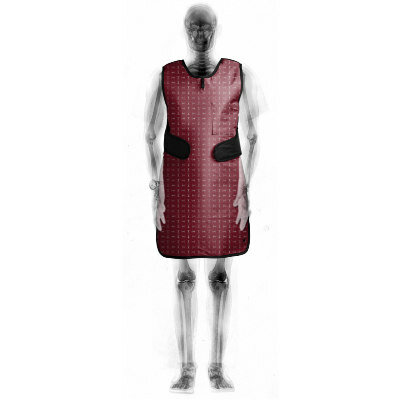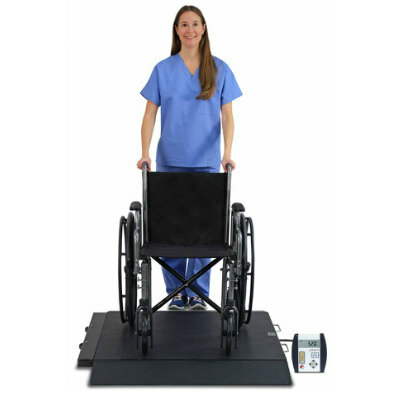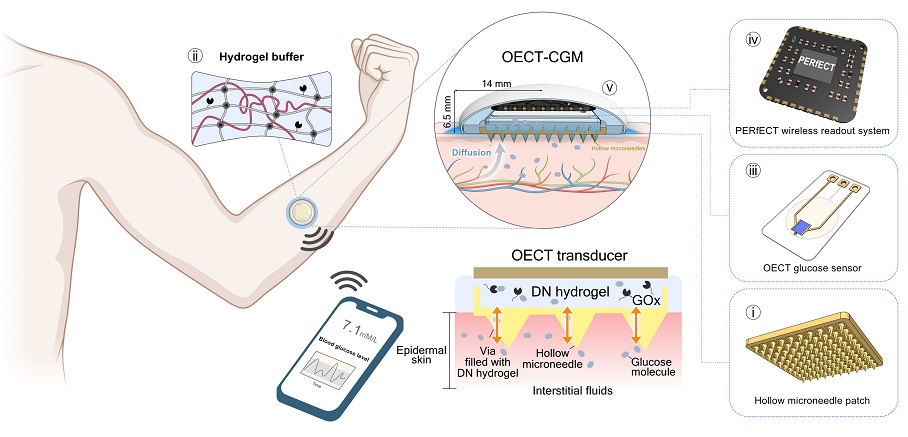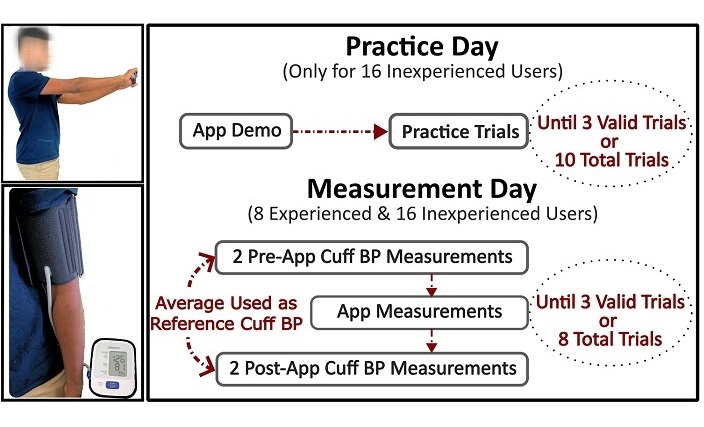AI-Based System Reduces Risk of Unexpected Deaths in Hospitalized Patients
Posted on 17 Sep 2024
Rapid deterioration in hospitalized patients is a leading cause of unplanned admissions to the intensive care unit (ICU). While previous attempts to use artificial intelligence (AI) to identify at-risk patients have produced mixed results, new research suggests that an AI-based system can significantly reduce the risk of unexpected deaths by identifying hospitalized patients whose health is at risk of deteriorating.
In the study, researchers at Unity Health Toronto (Ontario, Canada) evaluated CHARTWatch, an AI-based early warning system implemented on the general internal medicine (GIM) ward at St. Michael’s Hospital. After three years of development and testing, the study examined the system’s effectiveness in a group of 13,649 patients aged 55–80 years admitted to GIM (9626 in the pre-intervention period and 4023 during the CHARTWatch period) and 8470 patients in subspecialty units where CHARTWatch was not used. Over the 19-month intervention period, 482 patients in the GIM ward were classified as high risk, compared with 1656 during the 43-month pre-intervention period. Notably, non-palliative deaths were lower in the CHARTWatch group than in the pre-intervention group (1.6% vs. 2.1%).

The study, published in the Canadian Medical Association Journal, highlighted how regular communication reduced deaths, as CHARTWatch provided real-time alerts, twice-daily emails to nursing teams, and daily emails to the palliative care team. The system also created a care pathway for high-risk patients, involving increased nurse monitoring, enhanced communication between nurses and physicians, and prompts for physicians to reassess patients. Researchers hope that AI-driven solutions like CHARTWatch can improve patient outcomes and help prevent premature deaths.
"As AI tools are increasingly being used in medicine, it is important that they are evaluated carefully to ensure that they are safe and effective,” said lead author Dr. Amol Verma, a clinician-scientist at St. Michael’s Hospital, Unity Health Toronto, and Temerty professor of AI research and education in medicine, University of Toronto. “Our findings suggest that AI-based early warning systems are promising for reducing unexpected deaths in hospitals. Ultimately, this study shows how AI systems can support nurses and doctors in providing high-quality care.”
Related Links:
Unity Health Toronto













